Neuroscience

Neurotransmitter receptors function via various G-protein coupled and G-protein independent mechanisms that activate downstream intracellular signaling pathways such as cAMP/PKA, PI3K/AKT, phospholipase A2, and phospholipase C pathways. For instance, dopamine receptors act through adenylate cyclase to activate PKA and other signaling molecules, thereby mediate gene expression through the actions of CREB and other transcription factors. Other neurotransmitters such as NMDAR or AMPAR are associated with ion channels that control flux of Ca2+ and Na+, thus propagating the action potential across the post-synaptic neuron.
Dysfunctions in GABAergic/glutamatergic/serotonergic/dopaminergic pathways result in a broad range of neurological disorders such as chronic pain, neurodegenerative diseases, and insomnia, as well as mental disorders including schizophrenia, bipolar disorder, depression, and addiction.
-
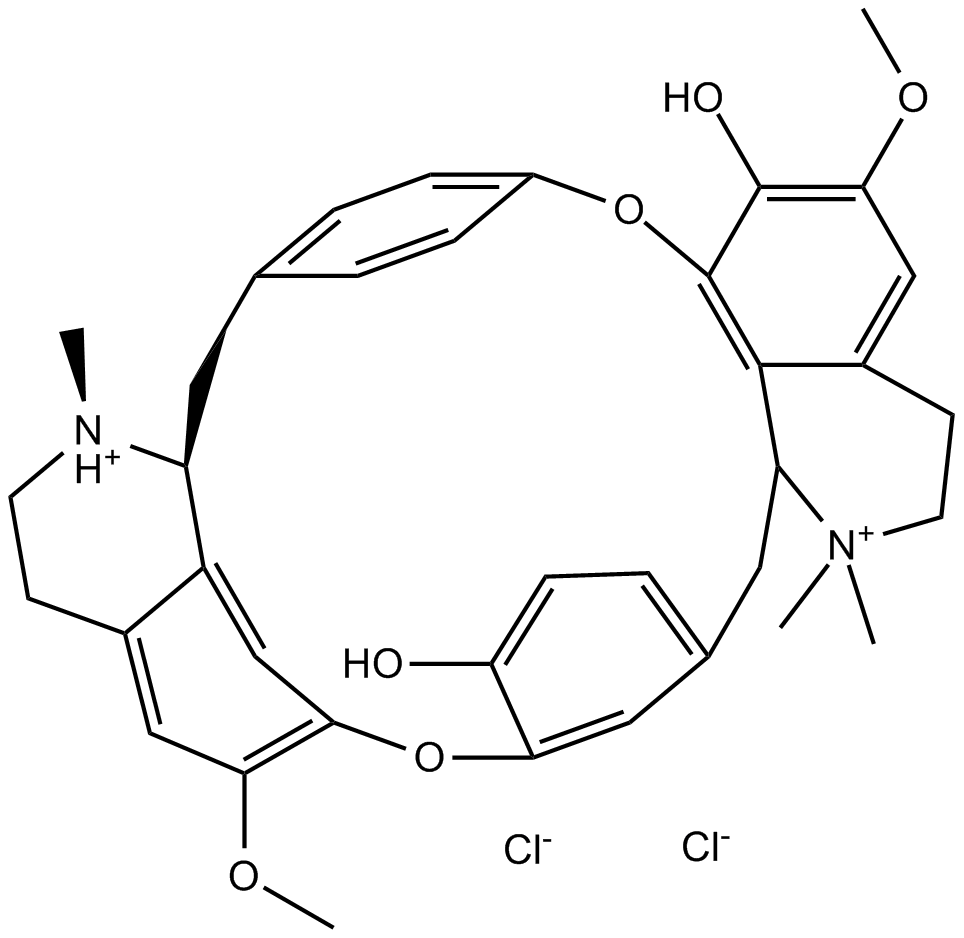 B7200 (+)-Tubocurarine chlorideSummary: nicotinic acetylcholine receptor antagonist
B7200 (+)-Tubocurarine chlorideSummary: nicotinic acetylcholine receptor antagonist -
 B7263 AcephateSummary: Anticholinesterase insecticide
B7263 AcephateSummary: Anticholinesterase insecticide -
 B7264 (+)-Muscarine iodideSummary: Muscarinic acetylcholine receptor agonist
B7264 (+)-Muscarine iodideSummary: Muscarinic acetylcholine receptor agonist -
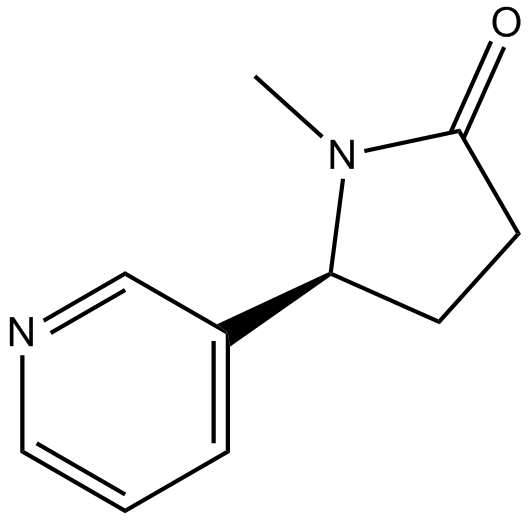 B7277 (-)-CotinineSummary: α3/α6β2 nAChR activator
B7277 (-)-CotinineSummary: α3/α6β2 nAChR activator -
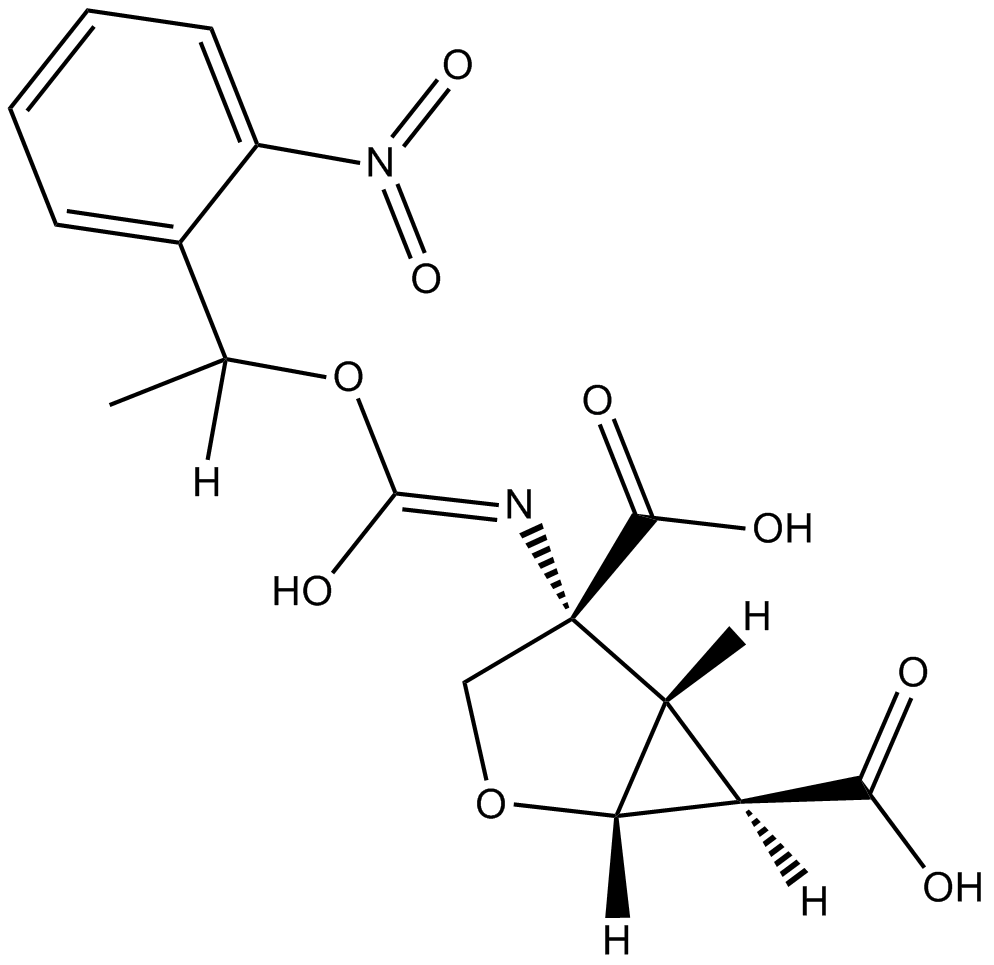 B7370 NPEC-caged-LY 379268Summary: group II mGlu receptor agonist
B7370 NPEC-caged-LY 379268Summary: group II mGlu receptor agonist -
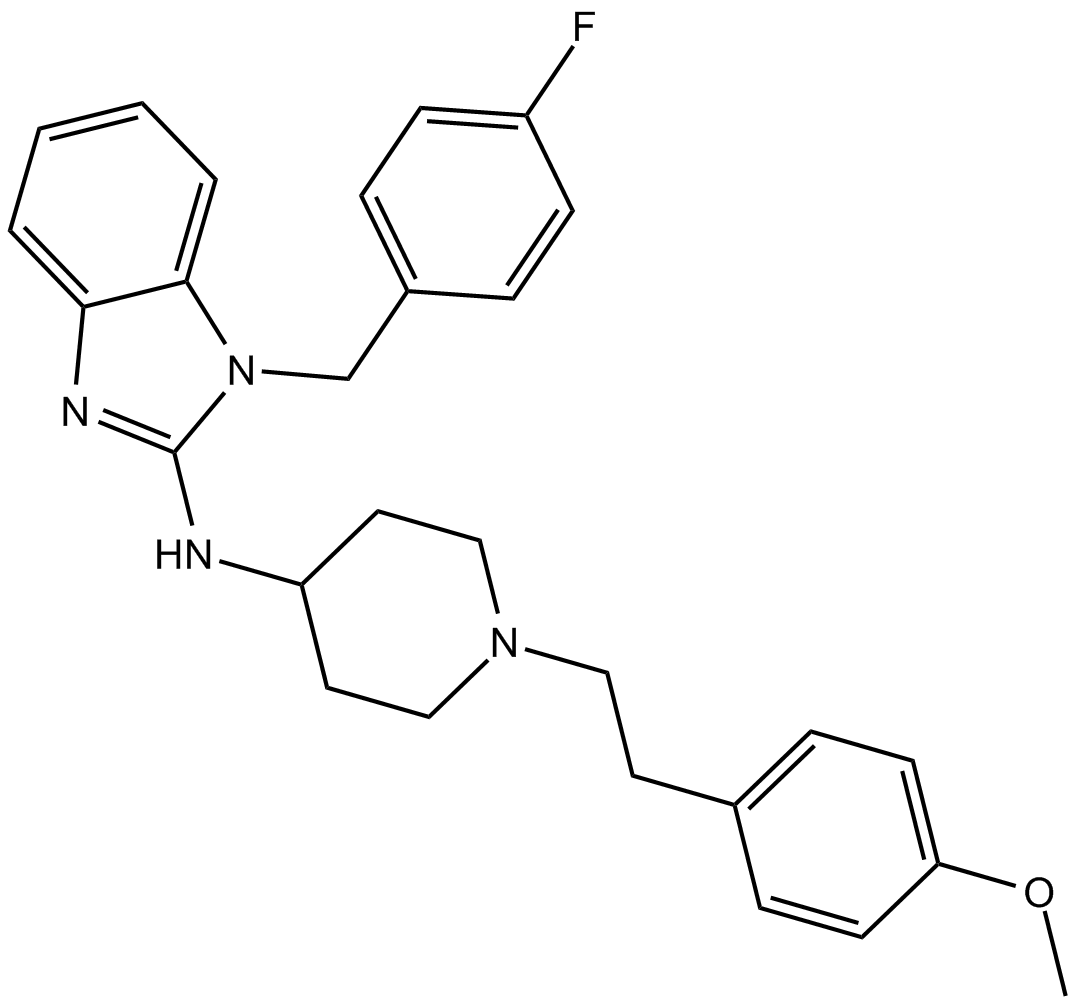 B7409 AstemizoleSummary: anti-histamine compound, potent
B7409 AstemizoleSummary: anti-histamine compound, potent -
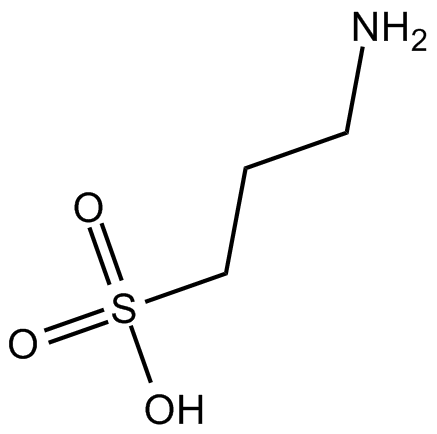 B7446 TramiprosateSummary: maintains Aβ in a non-fibrillar form.
B7446 TramiprosateSummary: maintains Aβ in a non-fibrillar form. -
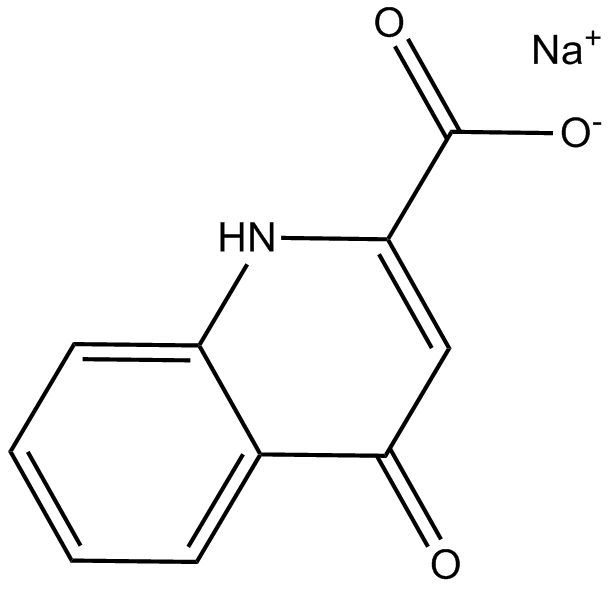 B7474 Kynurenic acid sodium saltSummary: broad spectrum EAA antagonist
B7474 Kynurenic acid sodium saltSummary: broad spectrum EAA antagonist -
 B7479 DL-AP4 Sodium saltSummary: Broad spectrum EAA ligand
B7479 DL-AP4 Sodium saltSummary: Broad spectrum EAA ligand -
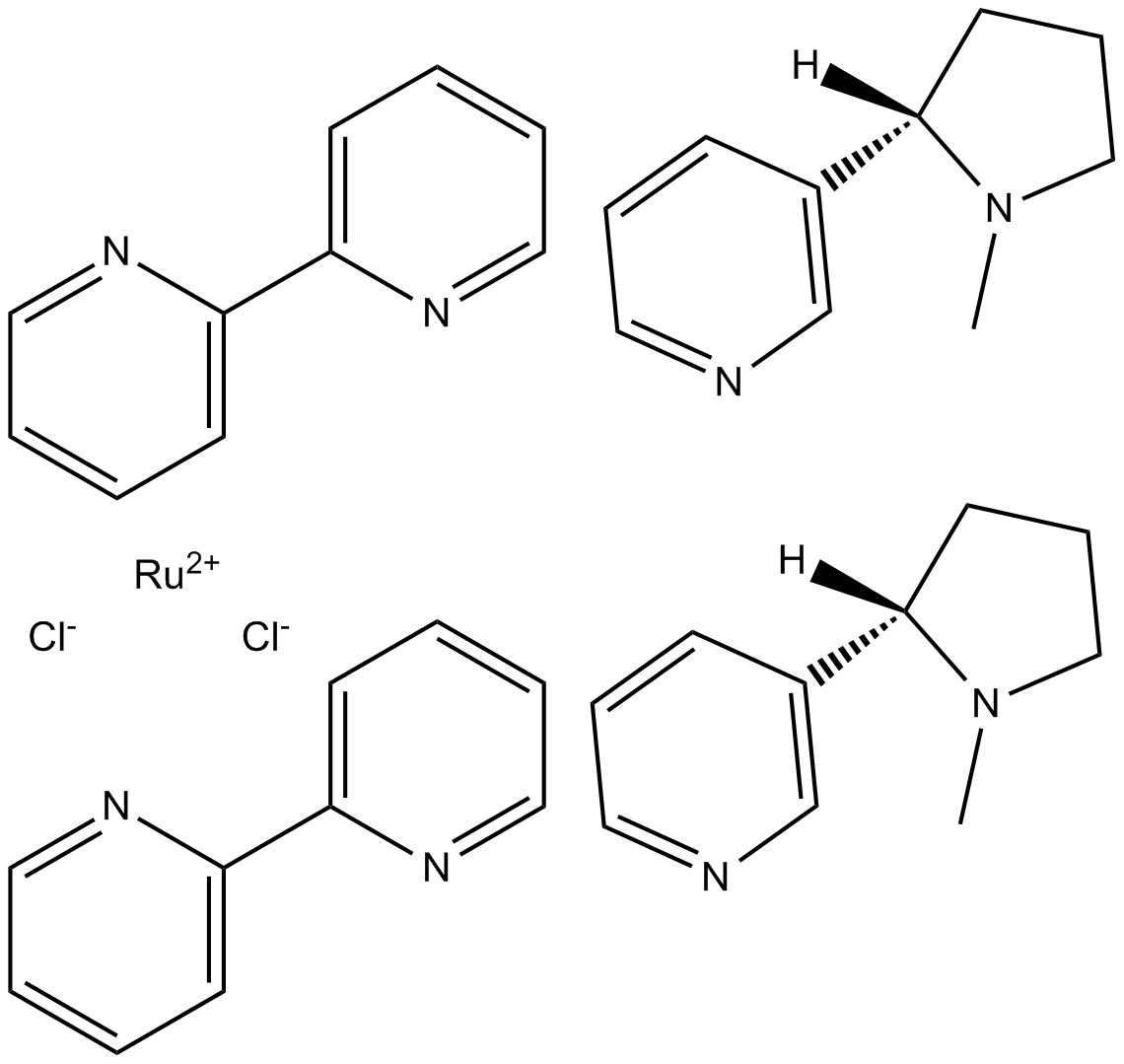 B7516 RuBi-NicotineSummary: Nicotinic receptor agonist
B7516 RuBi-NicotineSummary: Nicotinic receptor agonist

